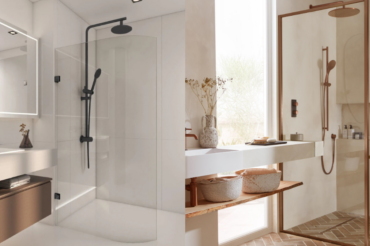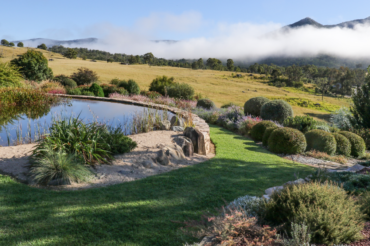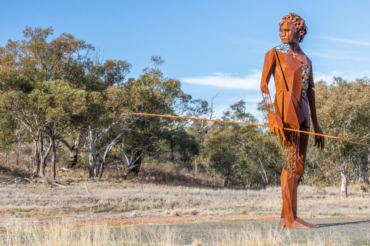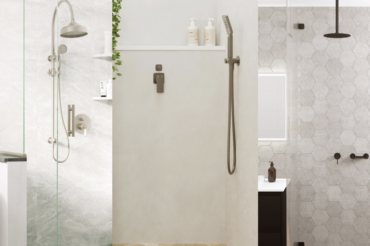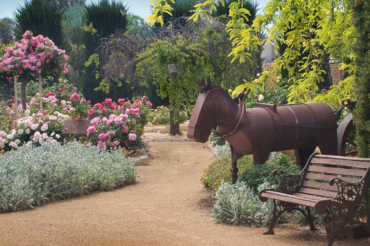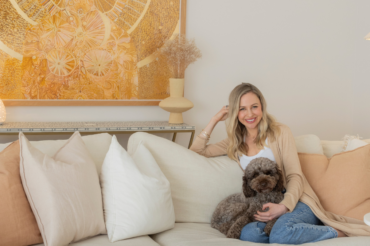
In the shared Designed Objects Tasmania (DOT) workshop in North Hobart, shavings of Tasmanian eucalyptus and other timbers tingle nostrils and conjure canopy. For a forest lover, it’s the ultimate aromatherapy. Designer Duncan Meerding deftly springs onto the table, drill in one hand and a pendant light in the other, eager to play photographer’s assistant in helping capture the best shots of his work. He is smiley and chatty while he bores fixtures into the ceiling, as if auditioning for a Bunnings’ commercial.
Although he started life more as a maker, using hand tools to build billycarts with his Dad to race on the reserve near his family home, he has emerged as a furniture and lighting designer of award-winning acclaim. In fact there are too many accolades to mention. His cracked log light range, made from salvaged logs, celebrates the bond between timber and light. When hollowed and lit from within, knots and crevices generate a gamut of rays, setting the log aglow and dispersing shards of light. On an elongated trestle table in the workroom, cracked logs await a steel wool massage and gentle oil. No two form a pair, yet the top of every silky smooth concentric pattern provokes a tactile attraction and I find my hands subconsciously gliding over them. Another table is crammed with the more imposing cracked log stumps next in line for attention. Duncan is slightly surprised by the demand for his lighting and suggests the appeal may be in bringing a slice of nature indoors.
He is an ardent environmentalist and credits his upbringing and surroundings as major influences on his design ethic. “One of the really nice things about Hobart is most of the suburbs are quite close to parklands or bush,” he explains. “From an early age, we’d spend time in the wilderness whether it was the local bush park or walking up Mount Wellington.” Ambling down the historic rivulet track energises him on his way to work. Incredible, given at 18 he discovered his sight was failing due to a genetic disorder, and now aged 29 he is legally blind with only five per cent of his vision remaining. You’d never guess when face to face with him. Shadow, form and texture are key to his designs, honing sensory information heightened by his impairment.
The full story was originally published in the March/ April 2016 issue of Australian Country. Subscribe to the magazine here.
Click here for more creative corner.
Words Meryl Hancock
Photography Ken Brass & Jan Dallas








